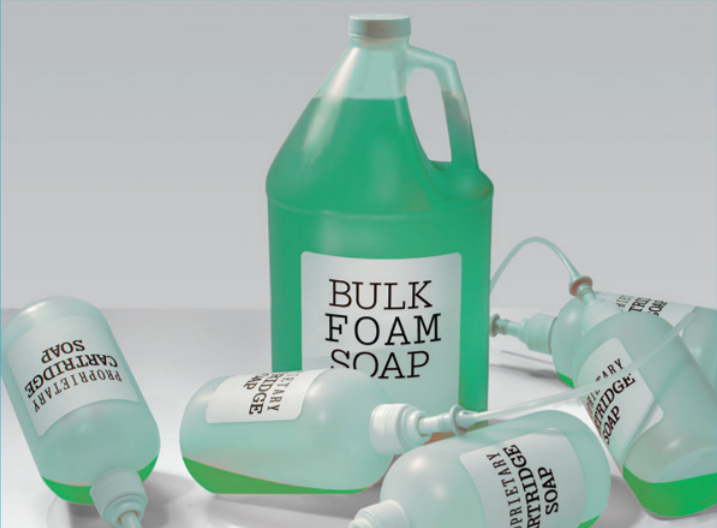


Designing for Authentic Sustainability
When architects are tasked with envisioning a brand new, potentially LEED®-certified building, it should be designed with sustainability in mind every step of the way. Not only is it friendlier to the environment, but sustainable operation is closely linked to economical operation, providing architects with opportunities to support their clients’ long-term business goals and develop positive relationships.
A 2015 study showed a statistical link between tenant satisfaction and sustainability efforts involving cost savings from energy and other forms of conservation. In addition, a study conducted in 2017 revealed that nearly one in 10 millennials would quit their jobs if they found out their current employer was not sustainable. Working toward authentic sustainability isn’t just good for the environment—it’s good for business, too.
There is strong demand for sustainable restrooms, and to achieve authentic long-term sustainability, architects and designers must consider a variety of factors and solutions.
Soap Dispensers
Specifying the appropriate soap dispenser can greatly affect sustainability goals. Excess waste from proprietary soap cartridges limits purchase choice, and such systems can lead to difficult maintenance. Streamlined, top-fill designs that simplify maintenance and utilize jug soap also improve efficiency substantially. In addition, dispensers that utilize foaming hand soap allow for greater hand coverage, reducing product waste and achieving the ideal hand wash without excess resource consumption characteristic of liquid soap.
Paper Towel Dispensers
Paper towel dispensers are another common source of inefficiency. Many roll paper towel systems produce what is known as a “stub roll” at the end of each roll. This stub roll will comprise a portion of unused paper towels that typically gets discarded, and the accumulation of stub rolls leads to excess waste. However, some units are equipped with stub roll utilization functionality, ensuring that every roll goes its furthest, providing complete consumable usage at less replacement time.
Dispensers without portion control features are also culprits of excess paper towel usage, allowing patrons to use more towels than necessary. Specifying dispensers with adjustable pull lengths and portion control features can curb wasteful behavior.
Folded paper towel dispensers, while sometimes less sustainable, can be equipped with accessories that eliminate handful dispensing to ensure one towel dispense per use.
Hand Dryers
While hand dryers solve many sustainability challenges, other factors come into play. For example, wattage and functionality of hand dryers, and other accessories, can lead to high energy costs, reducing their impact—especially high-speed hand dryers. However, recent innovations yield wattages as low as 200 kW (0.2 watts) and longer life expectancies. It is essential to take a holistic approach to hand dryer selection. Before specifying, consider the needs of the building occupancy in concern with performance features.
Touchless Accessories
Touchless accessories have virtually become standard to sustainable restroom design, due to their hygienic function and ability to minimize water and consumable usage. However, energy requirements, such as batteries and AC power usage, should be considered during specification. It is important to note that there are two types of hands-free sensor: infrared and fiber optic. Infrared may result in wasted water and soap, while fiber optics tend to be more reliable.
Communicating the Value of Sustainability
As the key decision maker in product specification, it is standard to provide support materials such as Building Information (BIM) analyses, technical data and compliance documentation to support specification decision. This is important because individuals from stakeholders like contractors and facility managers can challenge your selections. Energy savings should be outlined and communicated right off the bat.
Architects will likely engage with a manufacturer’s representative, who can provide support in communicating the benefits of chosen products. These representatives can serve as consultative educators, providing resources to help specifiers defend their choices.
Today, innumerable building products are marketed as “sustainable.” Authentic, long-term sustainability should be considered just as important, if not more, than sustainable materials used in manufacture or any other factor address by LEED. Understanding and communicating the operating value of each product, including measurable cost and resource savings, can be the deciding factor in securing the specification. By considering strategies beyond those typically associated with green building, architects can achieve their design vision and make it last.
Take the Credit
Earn an AIA/CES Learning credit with Bobrick’s new AIA/HSW CEU course, Designing Restrooms for Sustainable Operation.
Register Now >










